Written by: Donna Bulatowicz
Life after COVID-19 feels drastically different from life before COVID-19. I can no longer do so much that I once took for granted, and my body doesn’t function as well as it used to.
I have more health challenges, and research has yet to catch up on how to treat this illness. There are people who discount it as well because of the invisible symptoms.
“You look great!” People tell me. Throughout my childhood, I learned to mask. I was taught to be nice and polite above all, put others’ comfort above my own, and dissociate when I couldn’t mask as much as others wanted.
My discomfort or pain didn’t matter. I learned to subsume my needs.
That comes in handy—or doesn’t—with my invisible chronic illness. I have long-haul COVID-19, also known as ’long COVID,’ post-acute sequelae of COVID-19, and post-COVID.
Some days are better than others. I have learned to push my body to do what it needs to, but I pay for it later. Most people just see the automatic masking and not the crash that follows.
Understanding Life After COVID: The Spoon Theory
Christine Miserandino (2003) created a theory to explain energy with chronic illness. The spoon theory uses spoons as a metaphor for energy. When one has a chronic illness, one has a certain number of spoons a day, depending on energy levels that day.
For example, say my energy levels are low, and I have six spoons. Each task—getting up, showering, cooking a meal—takes away a spoon.
If I only have six spoons, I need to choose what to prioritize that day, as once the spoons are gone, so is my energy to do anything else. If I have 12 spoons another day, I can do more things without depleting myself.
People with chronic conditions like long COVID often deal with ‘ongoing symptoms’ that can fluctuate daily. Thinking of energy and tasks in terms of spoons can help others understand someone’s limits and help one manage one’s own limits.
Physical or mental activity can significantly exacerbate symptoms for those with long COVID, making energy management crucial. Additionally, post-exertion malaise is a common symptom of long COVID.
This means that after exerting physical or mental effort, a person may “crash” and have much lower energy and worse symptoms for a while.
As a survivor of childhood trauma, I learned to dissociate and push my body past the limits when I was young. It was a matter of survival. I continued doing this for most of my life.
Thus, I can dissociate and push my body too far on a day I have—for instance—7 spoons but too much to do. I then brace myself for the crash that follows, which leaves me with very few spoons for a few days.
What Life Was Like As Someone With Increased Risk Factors for COVID-19
I was extremely careful when the COVID shutdown hit. I didn’t want to bring COVID-19 to either my dad or my grandpa, both of whom were at higher risk because of their underlying health conditions.
Though not as much as they, I was also at an increased risk. I took every precaution suggested. When I went to work in fall 2020, I changed into a robe and left my work shoes in the garage upon returning home.
I then took a shower immediately. I also constantly wore a mask in public and used Clorox wipes on anything acquired from the store.
Of course, I didn’t want to risk my loved ones’ health. I was one of two daily caregivers for my dad, who had early-onset atypical Alzheimer’s. I also visited my grandpa once a week to help my mom and aunt with his care and to spend time with him.
Despite following these recommendations from health and human services agencies, I still got COVID-19 in October 2020.
Realizing My Severe Illness Was COVID-19
I started not feeling well and went to the COVID-19 clinic for a test. Before I received the positive test results, I suddenly lost my sense of smell. I knew then that I had COVID-19.
Scent matters a great deal to me. Certain scents (citrus, berry, fruit, and more) are highly regulating for me, while others are more dysregulating. Thus, the weeks I was without my sense of smell were unmooring. I ended up getting rather ill.
I wanted to take time off work to recover, but I was teaching college online. A sick day simply meant all that day’s work would be piled into another day.
It wasn’t truly a break, as I still had the same workload but squished into fewer days. Thus, I didn’t take much sick time. I grew sicker.
At this time, the hospitals were overcrowded, and as a survivor, I do better if I feel safe when asleep. I wouldn’t feel safe with a bed in the hallway. I chose to do my best to recover at home, though I was later told I should have been in the hospital to be monitored, if nothing else.
The workload from my job and my responsibilities to a book award committee took what little energy I had. I had no space for my body to recover, grappling with severe symptoms that hinted at the risk of long-term health impacts.
Developing Long Covid Has Changed My Life
The illness lingered for months. Slowly, the cough went away, and my sense of smell returned. The constant headache went from excruciating to simply painful and annoying.
The bone, joint, and muscle aches stayed the same. The fatigue varied from day to day, though even on my best days, I could no longer teach multiple classes. If I did too much, I would have post-exertion malaise.
Brain fog clouded my once-sharp mind. For instance, I could no longer list books immediately upon hearing a particular request, didn’t always remember all the studies I could cite from memory, and more.
Thank goodness that this is one symptom that has improved over the intervening years. I’m still not back to my normal, but I have less brain fog than I did.
I would also have various neurological issues, like random hot or cold spots on my body, my leg giving out, tingling, muscle twitching, etc., which last for up to an hour and then fade away, only to reappear.
I lost some of my hearing, had more issues with my menstrual cycle, and had nearly constant tinnitus.
These varied symptoms are part of post-COVID conditions that affect many individuals, encompassing a wide range of persistent, recurrent, or new symptoms that can be mild to debilitating.
Some People Recover From Covid-19 Without a New Set of Medical Conditions
After four or five months, I discovered I was not one of those people. I’m one of the millions in the United States living with long COVID-19 and experiencing a range of symptoms.
Not all of us have the same symptoms. For instance, I don’t have the cardiovascular issues or chest pain that some people living with long COVID have.
As a perfectionist, I kept pushing my body to do the huge amount of work that my job required (well beyond 40 hours a week). I pushed myself to excel. I didn’t like my body’s new limits, and so I did what I had been taught in childhood: I masked and dissociated to get through it.
The weekend would roll around, and I would crash. I’d barely move because of post-exertion malaise. The summer wasn’t enough to recover from the previous school year, and I started each new semester at a lower functional level than I had at the start of the previous semester.
My job worked with me to give me a semester to focus on recovery (Family and Medical Leave combined with sick leave). But it wasn’t enough.
Ongoing Health Problems Created Life Changes
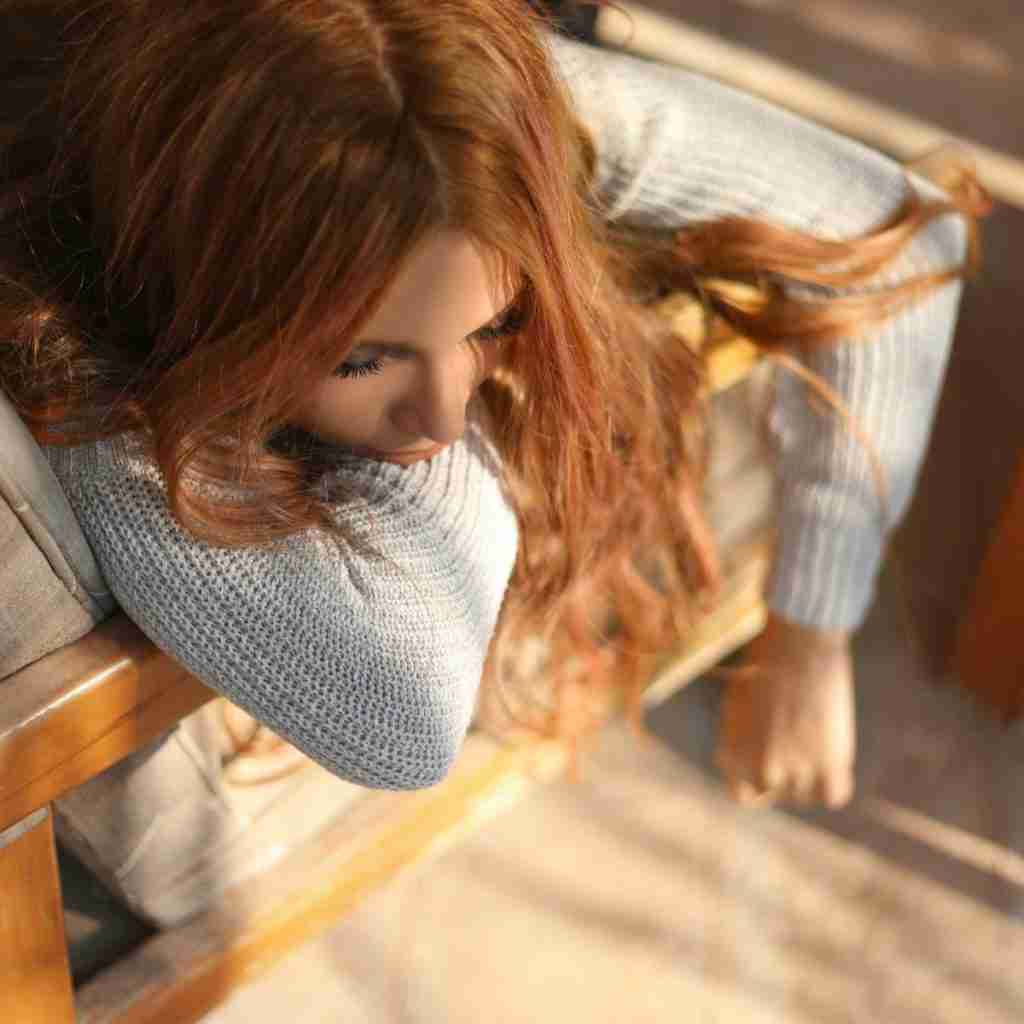
Eventually, I had to leave my career, my vocation. My long COVID-19 symptoms kept getting worse. When I lost a level of function, I never gained it back.
I was heartbroken to leave, and I miss it more than most people know. My struggles may be linked to an overactive immune system, which continues to impact my health by possibly releasing high levels of inflammatory substances and producing autoantibodies that attack my organs and tissues.
This causes long-term symptoms to persist or reappear. However, doctors and the medical community do not know for sure what causes the symptoms. Studies are in progress, and I hope there will be a treatment soon.
My life today differs from the one I led previously. I no longer remember what it’s like not to have constant fatigue, headaches, aches in my bones, joints, and muscles, and more, including neurological symptoms (tingling, muscle spasms, etc.) that have emerged alongside other symptoms.
I never know from day to day or hour to hour how my symptoms will be.
Chronic COVID Enabled Me to Begin My Healing Journey from Childhood Abuse
But there are gifts that I’ve discovered from this chronic illness. If I hadn’t been able to take that semester to focus on my health, I wouldn’t have started my healing journey to recover from my childhood trauma.
I would not have had the space and energy to work on that during a normal semester, just as there isn’t much room for prioritizing physical health during a normal semester.
Although the journey is challenging, I’m so grateful I started it. I have turned my pain into things that can help others. I have met so many wonderful people on this healing journey that I wouldn’t have met otherwise.
I learned how much love and support I have in my life, both on this side and on the other side. I’ve gotten closer to some people, and I’ve been able to help other survivors just as other survivors have helped me. It’s a dance of sacred reciprocity.
I’m going beyond that and have further honed my life’s purpose. For pretty much my whole life, I’ve wanted to do what I could to try to protect others from experiencing what I did. I’m now creating new ways to do that.
Life After COVID-19 Is Not What I Expected
I’ve also discovered that my voice is more powerful than I knew once I refused to allow myself to be silenced anymore. I have spoken up in ways that would astonish those who had inadvertently or intentionally harmed me. I am proud of myself.
I am doing deep healing work. I’ve resurrected dreams I had buried because of the impacts of childhood trauma. I’ve released much of my perfectionism and embraced the glorious messiness of art and life. I am more courageous than I was.
None of this would have been possible without long COVID-19, which forced me to slow down, listen more to my body, and make changes to my life.
Although I don’t know what the future holds, I’m confident I can meet it. My journey is a beautiful trek, with wonder and joy alongside the hardships, and all of it is infused with love.
For more information about COVID-19, visit the Centers for Disease Control and Prevention website.

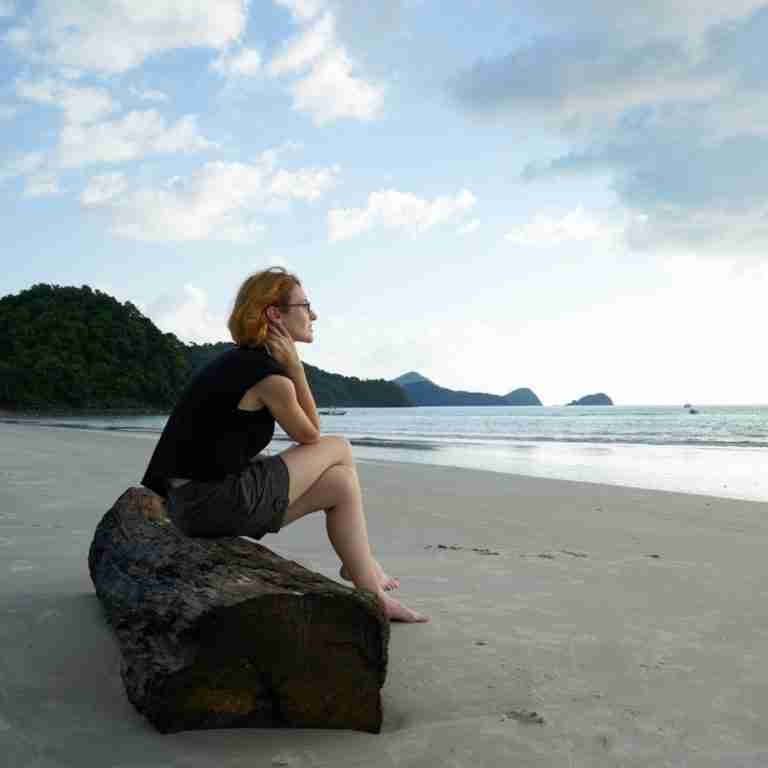
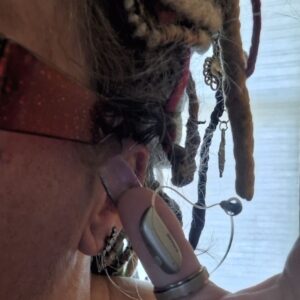
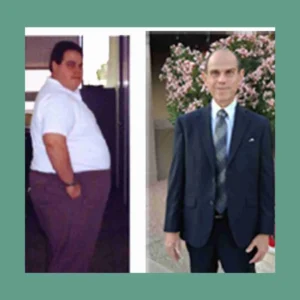

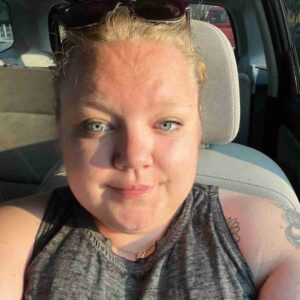


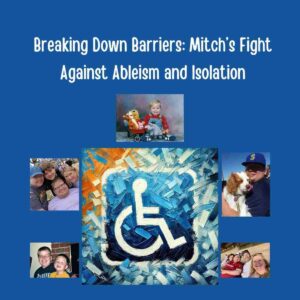

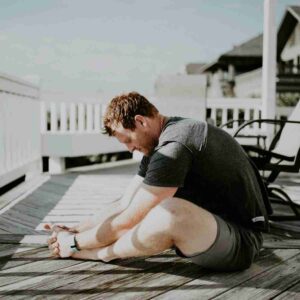
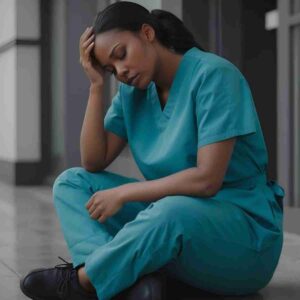
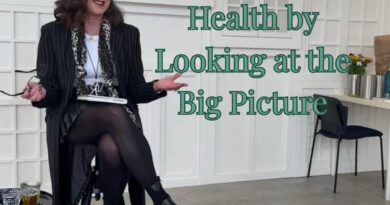
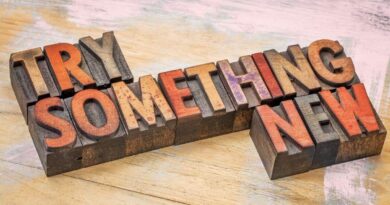
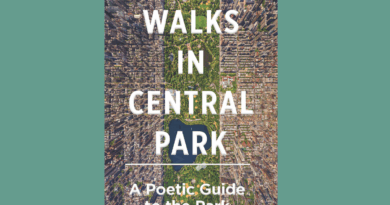
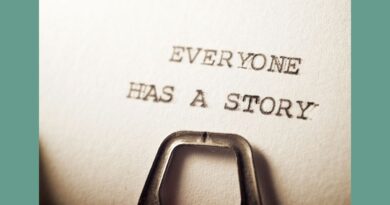










0 Comments